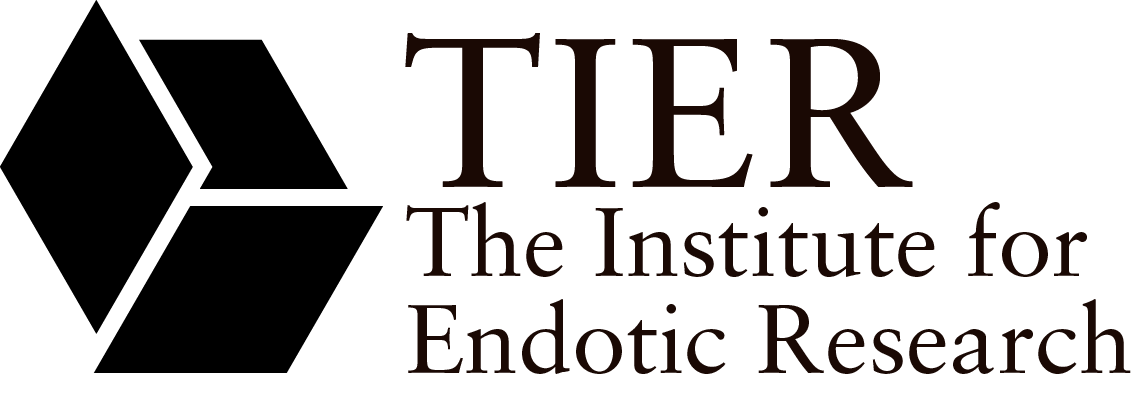 The Shape of a Pocket Encounter: A column and a conduit: non-ruinous ruins and monumental time with Kandis Friesen
The Shape of a Pocket Encounter: A column and a conduit: non-ruinous ruins and monumental time with Kandis Friesen
Date: Saturday, September 21st
Time: 15:00 -16:30h
Location: General-Pape-Straße 100, Tor 1, 12101 Berlin
To register for the event or for questions regarding accessibility, please email: the.shape.of.a.pocket.24@
This is a site-specific artist lecture, addressing two architectural instruments — one in Odesa and one in Berlin. Approaching both structures as hesitant monuments, the artist will speak about their divergent forms of scaffolding, states of disintegration, and qualities of resonance and muting.
The talk weaves between two structures: the crumbling architecture of the Odesa State Archives, first built as the Brodsky Synagogue, closed under Soviet law and given to the Rosa Luxemburg Jewish workers club, used as storage and offices by the Romanian and NS armies during the occupation and genocide, and turned into the official state archives in 1965, with a huge concrete bookcase built inside its interior resonant space; the building continues to be unsafe to work in, and should be returned to the community it was taken from, but, for a tangled web of circumstances, remains stuck in its current state, though still slowly moving. The second structure is the Schwerbelastungskörper, or Heavy Load-Bearing Body, a huge concrete column built by forced prison labourers, to test whether the wet Berlin ground could sustain the weight of the immense fascist complex proposed by head NS architect Albert Speer; the column continues its slow sinking, and is so large and solid that it cannot be removed. A column and a conduit will guide us through the interior and exterior spaces of the Schwerbelastungskörper museum complex, with the artist sharing images, histories, and sounds from both sites. Friesen will speak about both structures’ materialities, histories, and modes of use, leading to their status as hesitant monuments and non-ruinous ruins — structures in a state of ruin but in active and necessary use. Speaking to scaffolding, disintegration, and resonance, the lecture asserts existing infrastructures and unofficial forms of historical memory as vital sites of monumental transmission. At a time of incomprehensible destruction and loss, we will spend time with these two forms and their particular ways of holding.
BIO
Kandis Friesen works with diasporic language, dispersed translations, and disintegrating archival forms. Her recent work is anchored in the dispersed monumental, composing between the solidity of official memory and the dispersal of intimate, unofficial forms. She often works in modes of grafting and re-publication (making something public, again), amplifying specific histories and the structures which hold and transmit them.
Her work has been exhibited and screened at the Odesa National Fine Arts Museum (Odesa, UA), CAFKA Biennial of Art in Public Space (Six Nations of the Grand River Haldimand Tract / Waterloo, CA), Galerie im Turm (Berlin, DE), Roman Susan Art Foundation, as part of the Chicago Architecture Biennial (Zhigaagong / Chicago, US), Plug In ICA (Winnipeg, Treaty 1 Territory, CA), Le Festival International du Film sur l’Art (Tiohtià:ke / Mooniyang / Montreal, CA), MIX NYC (NYC, Lenapehoking territory, US), and Jihlava International Film Festival (Jihlava, CZ), among others. Friesen has received grants from the Canada Council for the Arts and the Conseil des arts et lettres du Québec, and she was the 2021 recipient of the CALQ Québec Studio at the Künstlerhaus Bethanien in Berlin. Friesen is from Winnipeg and Montréal, and lives in Berlin.
Accessibility – further information on mobility accessibility will be available by writing to the email: the.shape.of.a.pocket.24@
– The event will be in English, and the artist can provide some context in French and German.
– There will unfortunately not be DGS or ASL interpretation.
– Part of the talk is not wheelchair accessible: one section will take place on the viewing platform (up four flights of stairs), and inside the column’s interio (a small space with with uneven floors and several steps)
– For further information on mobility accessibility, please write to the email above.
– Guide dogs are welcomed at the museum site; pets are not allowed.
– There are places to sit both inside and outside during about half of the talk.
